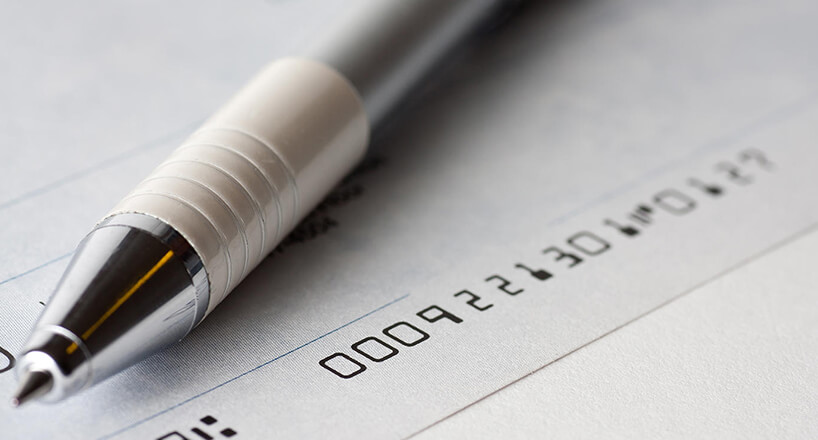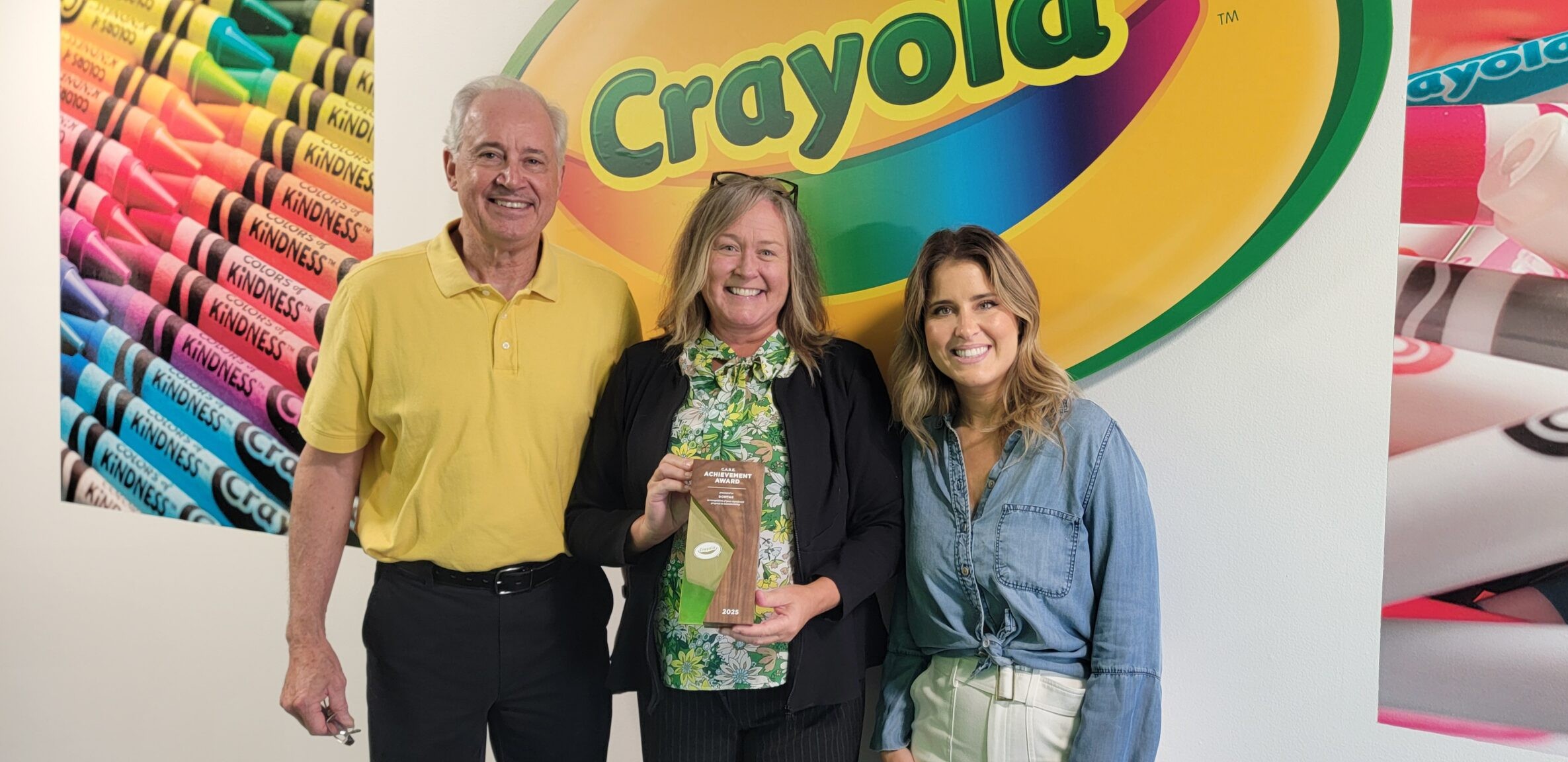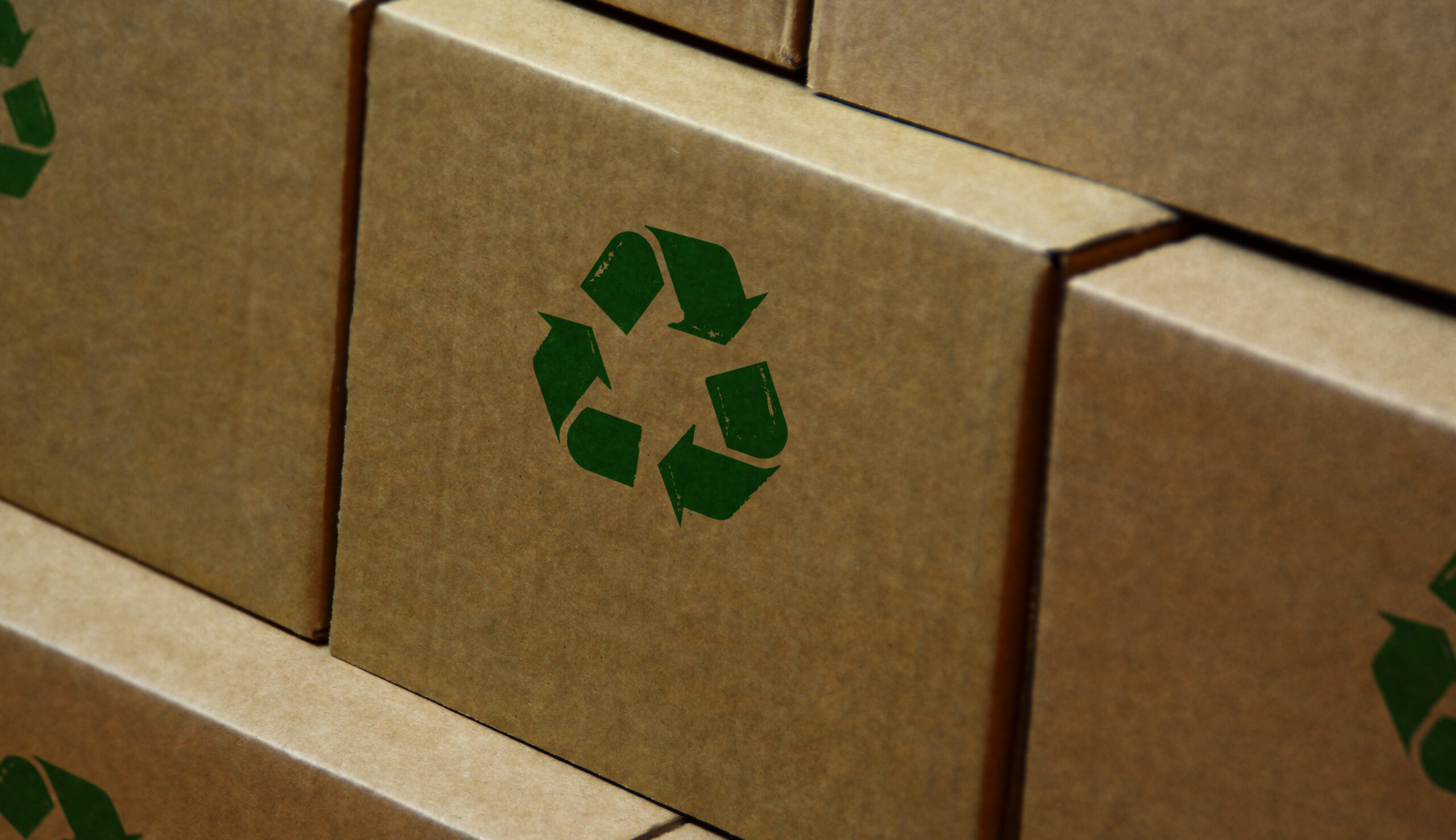Domtar security papers offer six features that can help prevent check fraud. Find out what they are.
Even in a digital world, many financial transactions are still processed with paper checks printed on security paper. Sometimes those checks fall into the wrong hands. The Association for Financial Professionals (AFP) reports that check fraud is on the rise. In fact, 74 percent of businesses surveyed reported they were exposed to attempted or actual payment fraud in 2016, according to the 2017 AFP Payments Fraud and Control Survey.
Domtar security papers offer multiple features that give check printers, check issuers and financial institutions peace of mind, knowing their customers have added layers of protection to combat fraud, forgery and theft.
Our security papers also have the advantage of performing well on all types of printers. “Many security papers are printed on inkjet or laser printers, so our knowledge of these printing processes and requirements has helped us develop printer-compatible security-grade papers,” says Curtis Correll, senior product manager at Domtar.
Domtar Security Papers Have Built-In Safety Features
There are two ways to implement security features on check paper: during manufacture or during printing. Domtar security papers include a number of features added during the paper-making process. The smooth surface and consistent quality of our security papers also make it easy for converters and printers to add their own security features during the printing process.
Customers who order Domtar security papers can choose from the following safety features:
Magnetic Ink Character Recognition (MICR) Compliance — Every check’s bank routing number and account number are printed with magnetic ink. When the check arrives at the bank for sorting, the numbers are scanned by high-speed MICR readers. “Domtar’s security papers are manufactured with the required weight and smoothness characteristics for optimal compatibility with these MICR readers,” Correll says.
UV Dull or Dead Brightness — Most printing papers are manufactured with optical brightening agents (OBAs), which help reflect invisible light into the visible spectrum and create a nicer-looking printed document. But these OBAs fluoresce under black light. Security papers made with UV dull or dead levels give bank employees a way to check for forgery by simply passing the check under a black light. Any sign of fluorescence is a clue the check might be a copy. Domtar ensures a high standard for UV dull or dead brightness by isolating water usage to keep OBAs out of the water used to manufacture security papers.
Watermarks — By creating patterns in the paper as it’s formed, manufacturers add a layer of security that can’t be copied by forgers. We provide our customers with a choice of a variety of watermarks in several patterns.
Chemical Protection — Indicator stains added into the paper will react to various chemicals that might be used to alter the ink on a check. Domtar offers a choice of three- or five-indicator stains. Three-indicator stains react with bleach and polar or nonpolar solvents, while five-indicator stains include additional protection against acids and bases.
Embedded Fibers — Special fibers can be added to security paper during manufacture as another level of protection against fraud. Fluorescent fibers show up easily under black light, but aren’t visible in normal light to the human eye. Another option is to embed blue or red fibers in the paper. These fibers can be seen with the naked eye but are difficult to reproduce outside of the mill.
Toner Adhesion — A chemical added to the surface of the security paper bonds to the toner used in a laser printer. As a result, the toner cannot be removed by rubbing a coin or other hard surface across the check.
For more information on our security papers and help choosing which safety features to use for your next project, contact us







